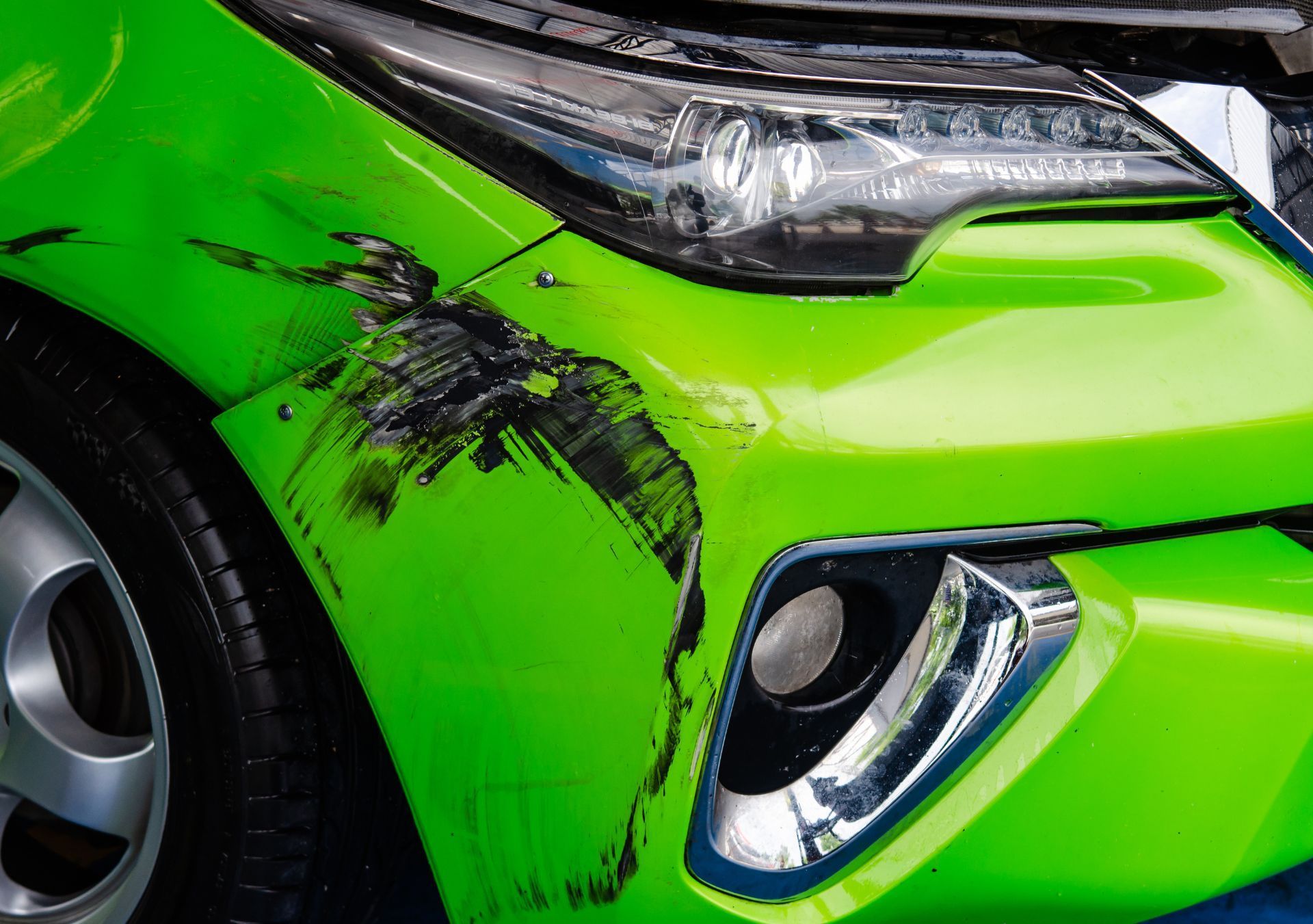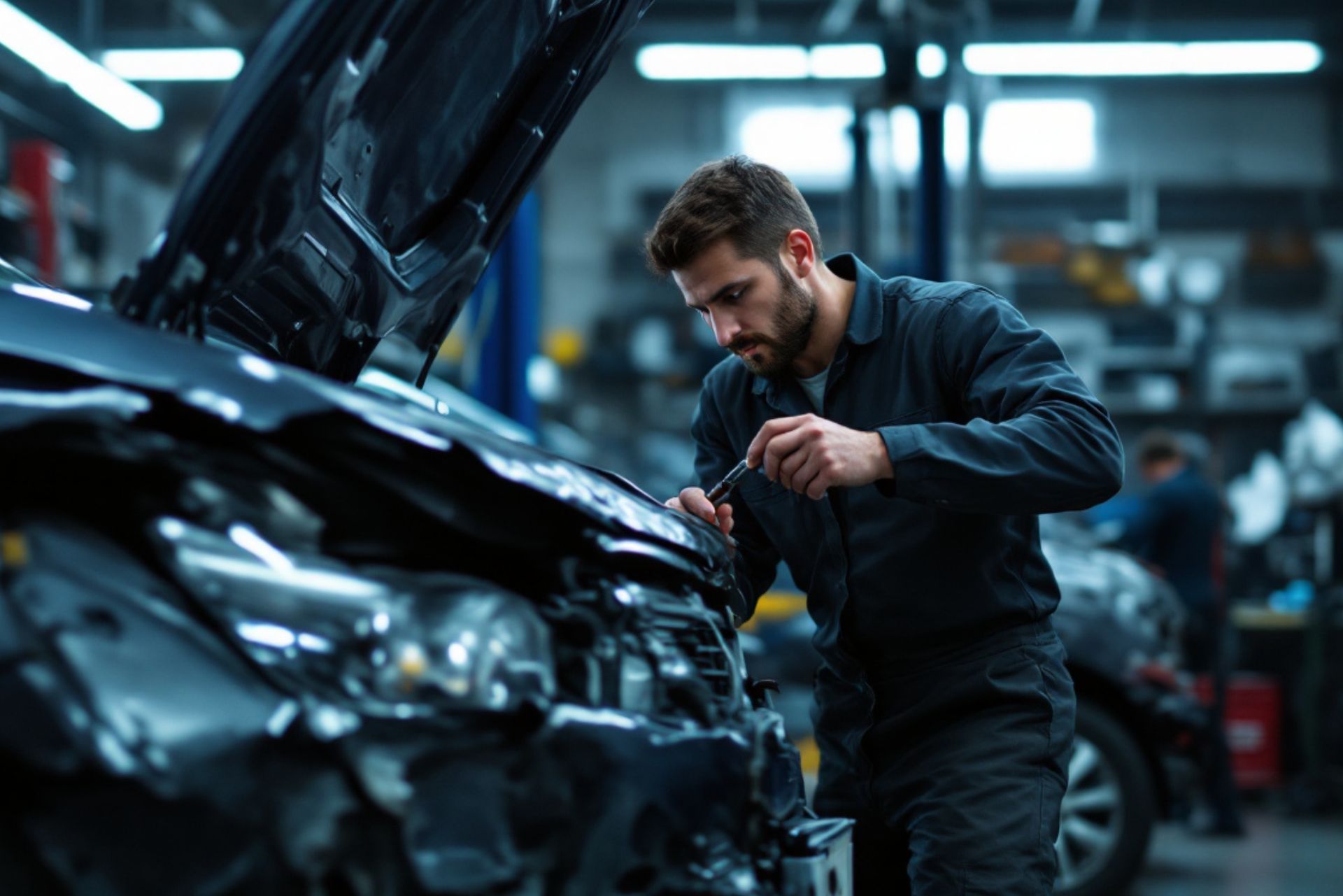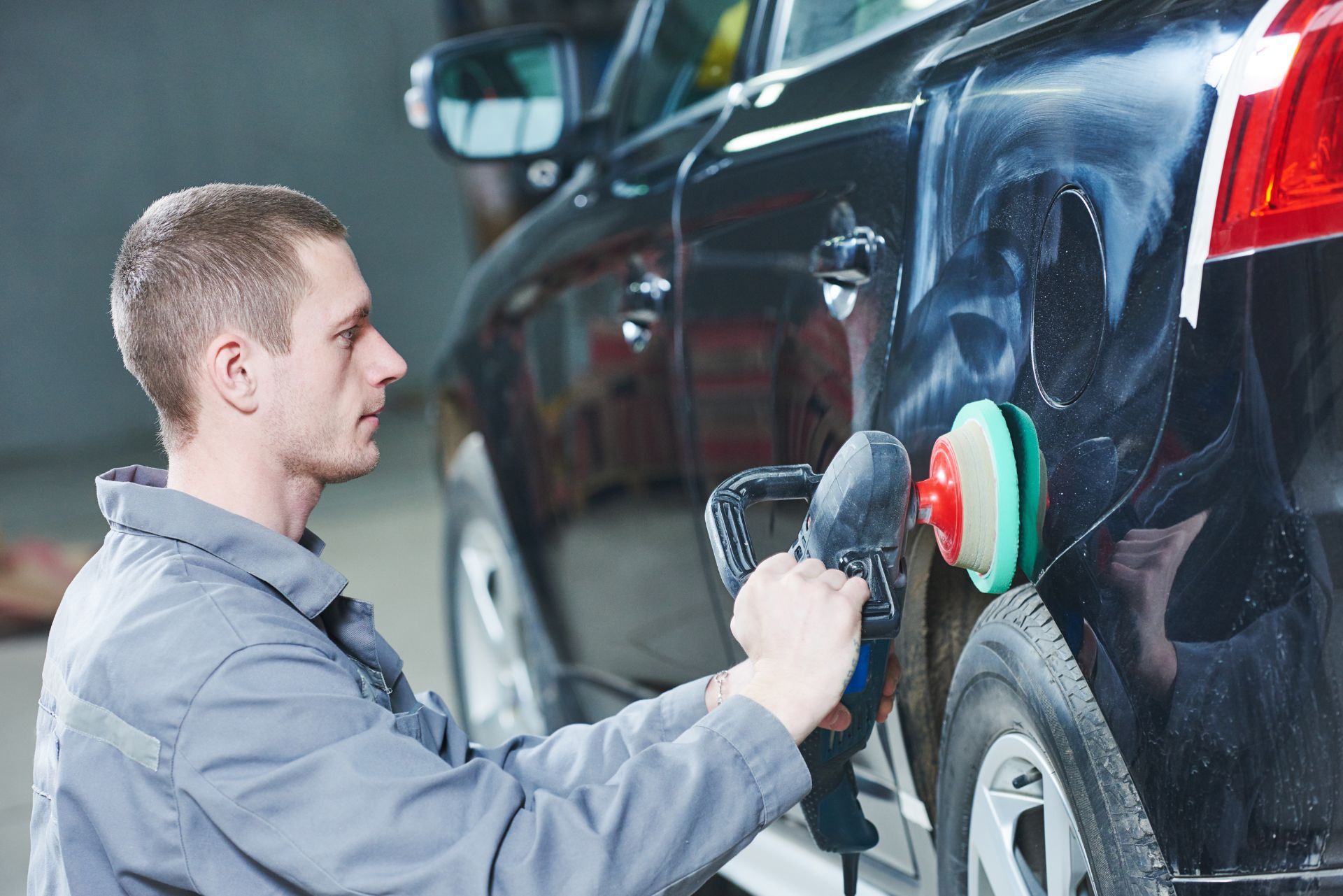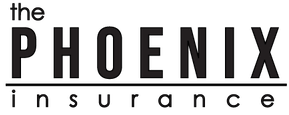Texas Collision Repair Insurance

See How We're Different:
or Call Us: (214) 253-0570

Most Common Business Policies
Index
Understanding the Basics of Collision Repair Insurance
Key Features of Texas Collision Repair Insurance
Navigating the Claims ProcessChoosing the Right Collision Repair Insurance in Texas F
Choosing the Right Collision Repair Insurance in Texas Frequently Asked Questions about Texas Collision Repair Insurance
Contact Us
In the vast landscape of automobile insurance, collision repair insurance is a crucial aspect that every car owner should understand. This guide aims to provide comprehensive insights into collision repair insurance specific to Texas, encompassing its basics, key features, claims navigation, and more. With this knowledge, Texans can make informed decisions tailored to their automotive needs.
Understanding the Basics of Collision Repair Insurance
Understanding the nuances of collision repair insurance can be pivotal for drivers. Collision repair insurance refers to coverage that helps pay for repairs to your vehicle resulting from an accident. It essentially covers the costs incurred while restoring your vehicle to its pre-accident condition.
What is Collision Repair Insurance?
Collision repair insurance is designed specifically to address damages to your vehicle after it has been involved in a collision. This includes accidents with other vehicles or even colliding with immovable objects like trees or guardrails. If you are responsible for the accident, having this insurance can mitigate the financial burden of repairing your car.
The coverage typically encompasses costs related to repairs and parts replacement but excludes damages not related to a collision, like those from theft or vandalism. Therefore, it's imperative to understand what is included in your policy. Many policies also have a deductible, which is the amount you must pay out of pocket before your insurance kicks in. This deductible can vary significantly, so it’s wise to choose one that aligns with your financial situation and comfort level.
Why is Collision Repair Insurance Important?
Collision repair insurance is important because it provides financial protection. The cost of repairing a vehicle after an accident can often exceed thousands of dollars. Without this insurance, the responsibility of covering these expenses falls solely on the owner.
Additionally, having collision repair insurance can offer peace of mind. Knowing that you are protected in the event of an accident allows drivers to be more confident on the road. Furthermore, it can sometimes be a requirement when leasing a vehicle, making this type of insurance indispensable for some drivers in Texas. Beyond just financial protection, collision repair insurance can also expedite the repair process. Many insurance companies have partnerships with trusted repair shops, which can lead to quicker assessments and repairs, ensuring that you can get back on the road as soon as possible. This streamlined process can alleviate the stress associated with accidents, allowing you to focus on recovery rather than logistics.

Key Features of Texas Collision Repair Insurance
Texas collision repair insurance comes with several key features that differentiates it from other types of coverage. Understanding these features will help you select a policy that best meets your needs.
Coverage Details
The coverage under Texas collision repair insurance varies by provider but generally includes payments for repairs, rental car costs while your vehicle is being repaired, and sometimes even diminished value claims if your car loses value post-repair.
It’s important to read through the policy details carefully. Some policies might include specific stipulations regarding the use of original parts or whether aftermarket parts can be utilized, which can influence the repair costs significantly. Additionally, many policies may offer the option to include roadside assistance, which can be invaluable in the event of a breakdown or accident. This feature often covers towing services, flat tire changes, and even fuel delivery, providing peace of mind for drivers who frequently travel long distances across Texas’ vast highways.
Cost of Collision Repair Insurance in Texas
The cost associated with collision repair insurance in Texas can fluctuate based on multiple factors. These include the driver’s age, driving history, types of vehicles insured, and the level of coverage selected. Insurance companies also take into account the location within Texas, as areas with higher accident rates can have higher premiums.
Typically, drivers can expect to pay anywhere from $300 to $1,500 annually for collision repair insurance. It’s advisable to compare multiple quotes from different insurance providers to ensure that you are getting the best possible rate based on your specific circumstances. Furthermore, many insurers offer discounts for factors such as bundling policies, maintaining a clean driving record, or completing defensive driving courses. Exploring these options can lead to significant savings, making collision repair insurance more affordable while still providing comprehensive protection for your vehicle.
Navigating the claims process after a collision can be daunting. However, understanding the steps involved can make the experience smoother and less stressful.
Reporting a Collision
After an accident, the first step is to report the collision to your insurance company. This involves providing specific details about the incident, including the time, location, and circumstances of the accident.
It's essential to gather as much information as possible. Take photographs of the scene, collect contact details from any witnesses, and make a note of any police reports. This documentation will help in processing your claim more efficiently. Additionally, if you have a smartphone, consider using it to record a video of the scene, as this can provide a comprehensive view of the surroundings and any contributing factors that may not be captured in still images.
Understanding the Assessment and Repair Process
Once the claim is filed, an insurance adjuster will review the accident. They will assess damages and determine what repairs are necessary. This assessment can take some time, depending on the complexity of the accident and the availability of parts.
After the evaluation, the insurance company will communicate the findings, and if the claim is approved, they will proceed with covering the repair costs. It’s vital for car owners to stay in close contact with their insurance provider during this stage to ensure that there are no unexpected delays. Furthermore, it may be beneficial to seek out a reputable repair shop that has experience working with your insurance company, as they can often expedite the process and ensure that repairs meet industry standards. Understanding your rights regarding the choice of repair facility can also empower you to make informed decisions that best suit your needs.
Choosing the Right Collision Repair Insurance in Texas
Choosing the right collision repair insurance requires thorough consideration of several factors. Each driver has unique needs, and understanding these needs ensures you are adequately covered.
Factors to Consider When Choosing a Policy
When selecting a collision repair insurance policy, consider the deductible amounts, the extent of coverage, and any additional benefits offered. You should also reflect on your driving habits and your vehicle's age and value.
If you're driving a new or high-value vehicle, a comprehensive policy with lower deductibles may be worthwhile. Conversely, for older vehicles, you might prefer a higher deductible to reduce your premium costs. Additionally, consider the types of coverage available, such as rental car reimbursement or roadside assistance, which can provide peace of mind during unexpected incidents. Understanding the nuances of each policy can help you tailor your coverage to fit your lifestyle and financial situation.
Tips for Comparing Insurance Providers
When comparing different insurance providers, it's vital to read customer reviews, investigate their claims processes, and ensure they have a reputation for prompt payments. You can utilize online comparison tools or speak with agents directly to gather information.
Don’t hesitate to ask for clarification on complicated policy terms and exclusions. A transparent provider will readily offer explanations and additional information, making your decision-making process more straightforward. Furthermore, consider the financial stability of the insurance company; ratings from agencies like A.M. Best or Standard & Poor’s can provide insight into their ability to pay claims. Engaging with local agents can also yield valuable insights, as they often have a deep understanding of the specific challenges and needs of Texas drivers, allowing for a more personalized insurance experience.

Frequently Asked Questions about Texas Collision Repair Insurance
As you navigate your way through collision repair insurance, you may have various questions. Below are some frequently asked questions that can provide further clarity.
Does Collision Repair Insurance Cover All Types of Collisions?
Collision repair insurance primarily covers accidents where your vehicle is damaged while in transit. This includes events involving other cars and stationary objects. However, damages caused by natural disasters or theft are not typically covered under collision repair insurance, requiring other types of coverage. It's important to note that while collision insurance can help you recover costs after an accident, it may not cover the full extent of repairs if the other party is at fault. In such cases, you might need to rely on the other driver's liability insurance to cover additional expenses.
What is Not Covered by Collision Repair Insurance?
There are several exclusions under collision repair insurance. Generally, damages resulting from wear and tear, mechanical breakdowns, or those occurring while driving under the influence are not covered. It's essential to review your policy to comprehend fully what is and isn't included in your collision coverage. Additionally, if you are involved in a collision while driving a rental vehicle, your collision insurance may not extend to that vehicle unless specifically stated in your policy. Understanding these nuances can save you from unexpected out-of-pocket expenses and ensure you have the appropriate coverage for your needs.
How Can I Lower My Collision Repair Insurance Premium?
Lowering your collision repair insurance premium can be achieved through several strategies. One effective method is to increase your deductible, which is the amount you pay out of pocket before your insurance kicks in. By opting for a higher deductible, you can often reduce your monthly premium significantly. Additionally, maintaining a clean driving record free of accidents and traffic violations can also lead to lower rates, as insurers typically reward safe drivers with discounts. Furthermore, bundling your collision insurance with other types of coverage, such as homeowners or renters insurance, may provide additional savings through multi-policy discounts.
What Should I Do After an Accident?
After an accident, it's crucial to follow a series of steps to ensure your safety and protect your interests. First, check for injuries and call emergency services if needed. Once everyone is safe, gather information from all parties involved, including names, contact details, insurance information, and license plate numbers. Document the scene with photographs, as this evidence can be invaluable when filing a claim. Afterward, notify your insurance company as soon as possible to begin the claims process. They will guide you through the necessary steps and help you understand what documentation is required for your collision repair insurance claim.
The Future of Collision Repair Insurance in Texas
The landscape of collision repair insurance in Texas is ever-evolving, shaped by technological advancements and changing regulations. Staying informed on these changes is crucial for all vehicle owners.
Predicted Trends and Changes
Future trends in collision repair insurance may include increased usage of telematics and AI technologies to enhance policy customization, streamline claims, and even determine premiums based on driver behavior. Such innovations can lead to fairer pricing and more personalized coverage options for Texan drivers. Additionally, the integration of augmented reality (AR) in the repair process could revolutionize how insurance claims are assessed. Imagine an adjuster using AR glasses to visualize damage and repairs in real-time, significantly speeding up the claims process and reducing the time vehicles spend off the road.
How to Stay Informed and Prepared
Staying informed requires regular consultation with your insurance provider and keeping an eye on industry developments. Follow reputable automotive and insurance news sources, and don't hesitate to reach out to insurance agents for updates or advice. Furthermore, participating in local workshops or seminars on insurance and vehicle maintenance can provide valuable insights into the latest trends and best practices. These events often feature industry experts who can offer firsthand knowledge about upcoming changes and how they may impact your coverage.
Being proactive in your understanding of collision repair insurance can ensure you're prepared for any changes and can make the best choices for your coverage needs. Moreover, engaging with online communities or forums where fellow Texas drivers share their experiences and tips can also be beneficial. This collective knowledge can help you navigate the complexities of insurance policies and make informed decisions that align with your specific driving habits and needs.

